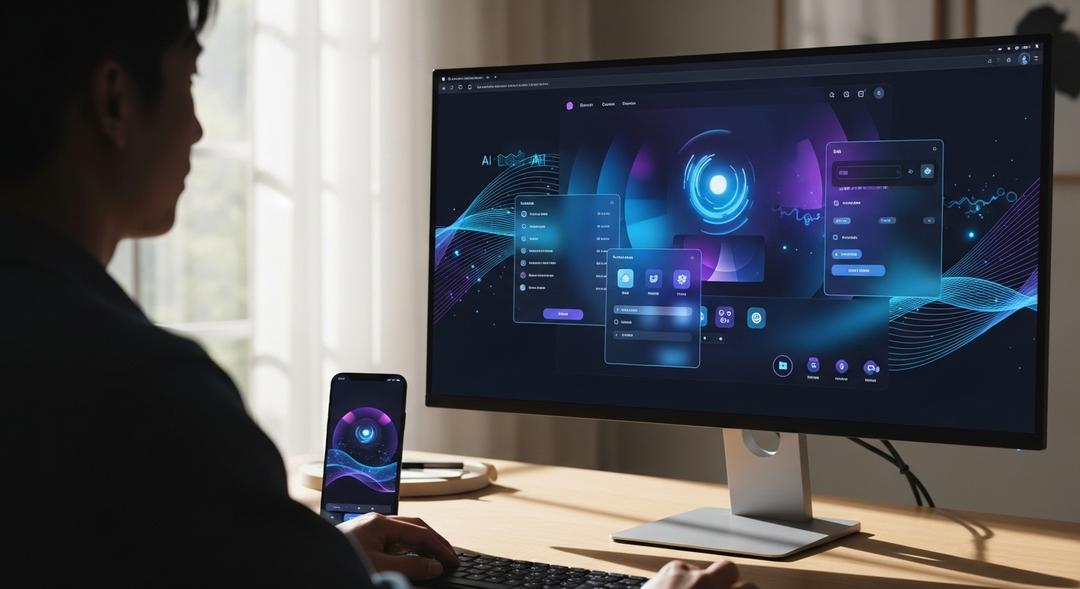Anthropic, the company behind another popular chatbot named Claude, dove into the data to understand how college instructors actually put these tools to work. Analyzing tens of thousands of interactions from educators around the globe, they found that well over half were focused on curriculum development.
AI Joins the Lesson Plan
Drew Bent, education lead at Anthropic, says some of the most creative conversations involve teachers designing interactive games and web simulations for their students. “It’s helping write the code so that you can have an interactive simulation you can share with students in your class for them to help understand a concept,” Bent explains.
Not all of AI’s work is visible to students, though. The research shows a good share of faculty asked Claude to draft administrative documents, whip up budgets, or design meeting proposals. Most of this work, Bent points out, lands in the less glamorous but essential category of academic life, freeing teachers for more rewarding interactions.
In the delicate art of grading, however, doubts remain. Anthropic’s analysis found that only a modest portion of professors used AI for assessment tasks, and their survey suggested few found it satisfying. University of Mississippi lecturer Marc Watkins worries about what’s lost in translation. “This sort of nightmare scenario that we might be running into is students using AI to write papers and teachers using AI to grade the same papers,” Watkins remarks. If that loop is all that education becomes, he asks, “what’s the purpose of education?”
Faculty like Kasun echo these concerns. She stands firm that grading deserves a human touch, even as she relies on AI for almost everything else. But what frustrates her is the lack of clear guidance. “We are here, sort of alone in the forest, fending for ourselves,” she says.
For now, as colleges scramble to catch up with all this change, everyone agrees the choices made in this moment will echo for years in classrooms still finding their footing.








